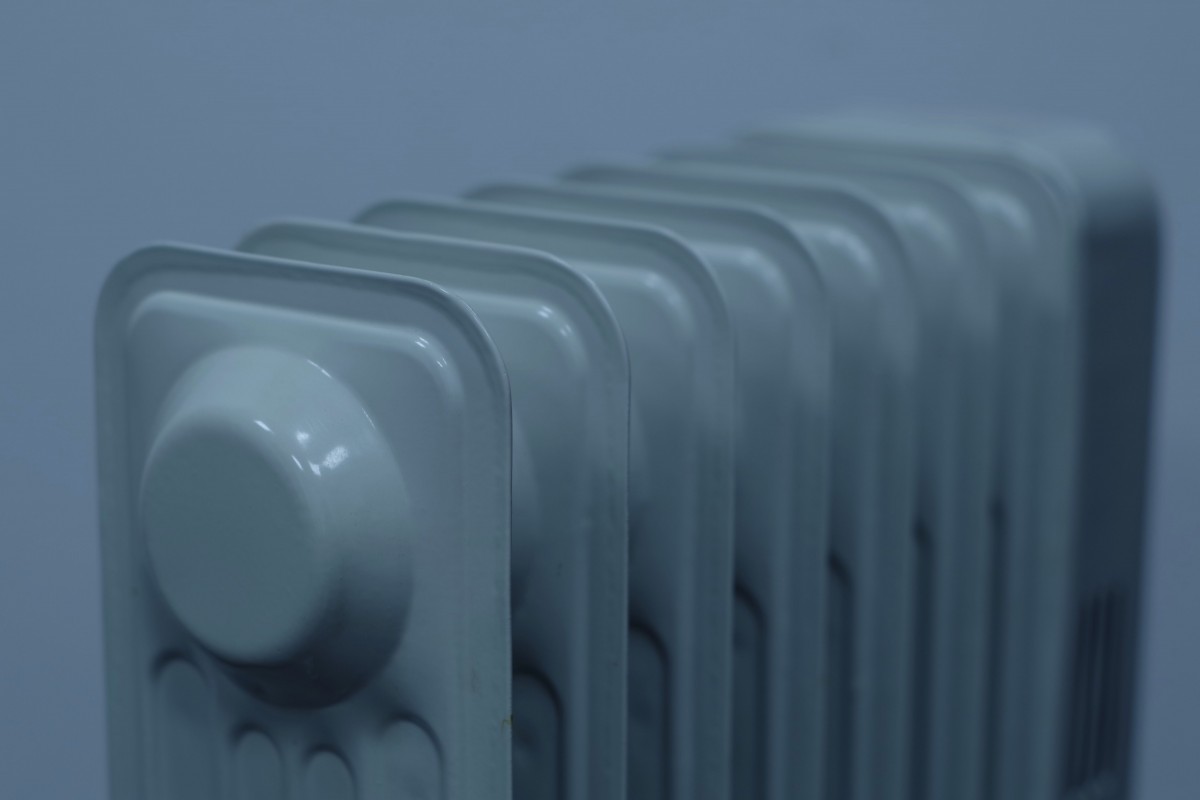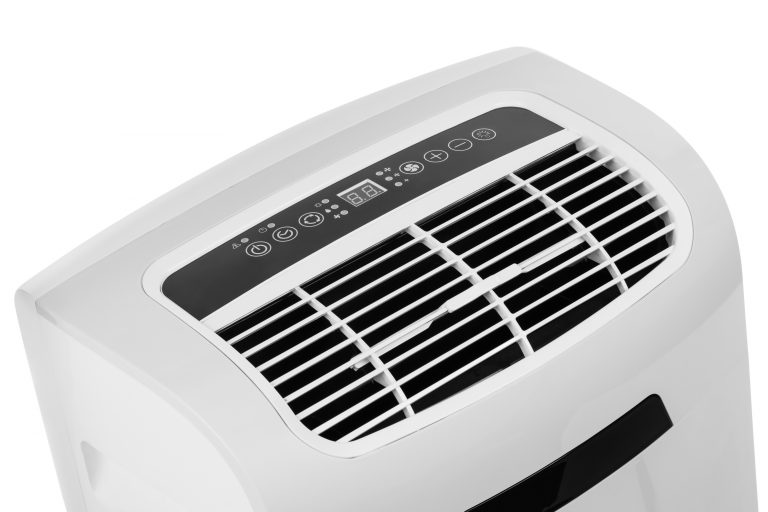How to Turn Off a Water Heater: A Step-by-Step Guide
Water heaters are essential for comfort in our homes, but there are times when you might need to turn yours off for safety or maintenance. This guide will walk you through how to safely turn off a water heater, whether it’s gas or electric, and outline the necessary precautions to take.
Why You Might Need to Turn Off Your Water Heater
Turning off a water heater can be necessary for a variety of reasons, such as:
- Leak Prevention: If you suspect a leak in your water heater, shutting it off can prevent potential water damage.
- Repairs and Maintenance: Turning it off is essential if you need to conduct maintenance or replace components.
- Extended Vacations: Powering down the water heater when away for long periods can help conserve energy and reduce costs.
- Safety Precautions: In cases of electrical or gas issues, shutting off the water heater can be a preventive measure against accidents.
Types of Water Heaters: Gas vs. Electric
Before you proceed, it’s essential to understand your water heater type. Gas and electric water heaters have different components, and the method to turn them off varies.
- Gas Water Heater: Runs on natural gas or propane.
- Electric Water Heater: Operates using electrical heating elements.
Step-by-Step Guide to Turn Off a Gas Water Heater
- Locate the Water Heater
Find where your water heater is located, often in a basement, utility room, or garage. - Turn Off the Thermostat
Turn the thermostat knob to the “OFF” position. This will cut off the gas flow to the heater. - Turn Off the Gas Supply
Find the gas shut-off valve, which is usually a lever or knob located along the gas line leading to the heater. Turn it perpendicular to the gas line to shut off the gas supply. - Shut Off the Water Supply
To stop water flow into the heater, locate the cold-water shut-off valve (usually a blue knob) on the pipe above the water heater and turn it clockwise. - Drain the Water Heater (Optional)
Draining may be necessary for maintenance. Attach a garden hose to the drain valve near the bottom of the heater and let the water flow into a safe drainage area.
Step-by-Step Guide to Turn Off an Electric Water Heater
- Switch Off the Power
Locate the circuit breaker panel and switch off the breaker connected to your water heater. Electric heaters can be hazardous, so ensure no power is supplied to the unit before handling it. - Shut Off the Water Supply
Turn off the cold-water supply by closing the shut-off valve on the pipe leading to the heater. - Drain the Water Heater (Optional)
Like a gas heater, attach a garden hose to the drain valve and release the water if needed for maintenance.
Safety Tips When Turning Off a Water Heater
- Avoid Contact with Hot Water: Water inside the heater may be scalding hot. Exercise caution when draining.
- Handle Gas Lines Carefully: For gas water heaters, always ensure that gas lines are closed tightly to avoid leaks.
- Inspect Regularly: Regularly checking your water heater can help you spot leaks or other issues early.
- Consult a Professional: If you’re uncertain or uncomfortable, consult a professional plumber for assistance.
When to Call a Professional
While it’s possible to turn off your water heater independently, certain situations call for a professional. If you notice unusual noises, visible rust or leaks, or issues with the gas line, it’s best to call a plumber to inspect and resolve these issues safely.
Final Thoughts
Knowing how to turn off your water heater can save you from potential damage and safety hazards. By following these simple steps, you can safely shut off your water heater when necessary. For more complex issues or routine maintenance, consider reaching out to professionals like Elite Plumbing, Heating & Air Conditioning for reliable service.
SCHEDULE YOUR FREE ESTIMATE
We Provide Expert Air Conditioning Services in Las Vegas, NV






